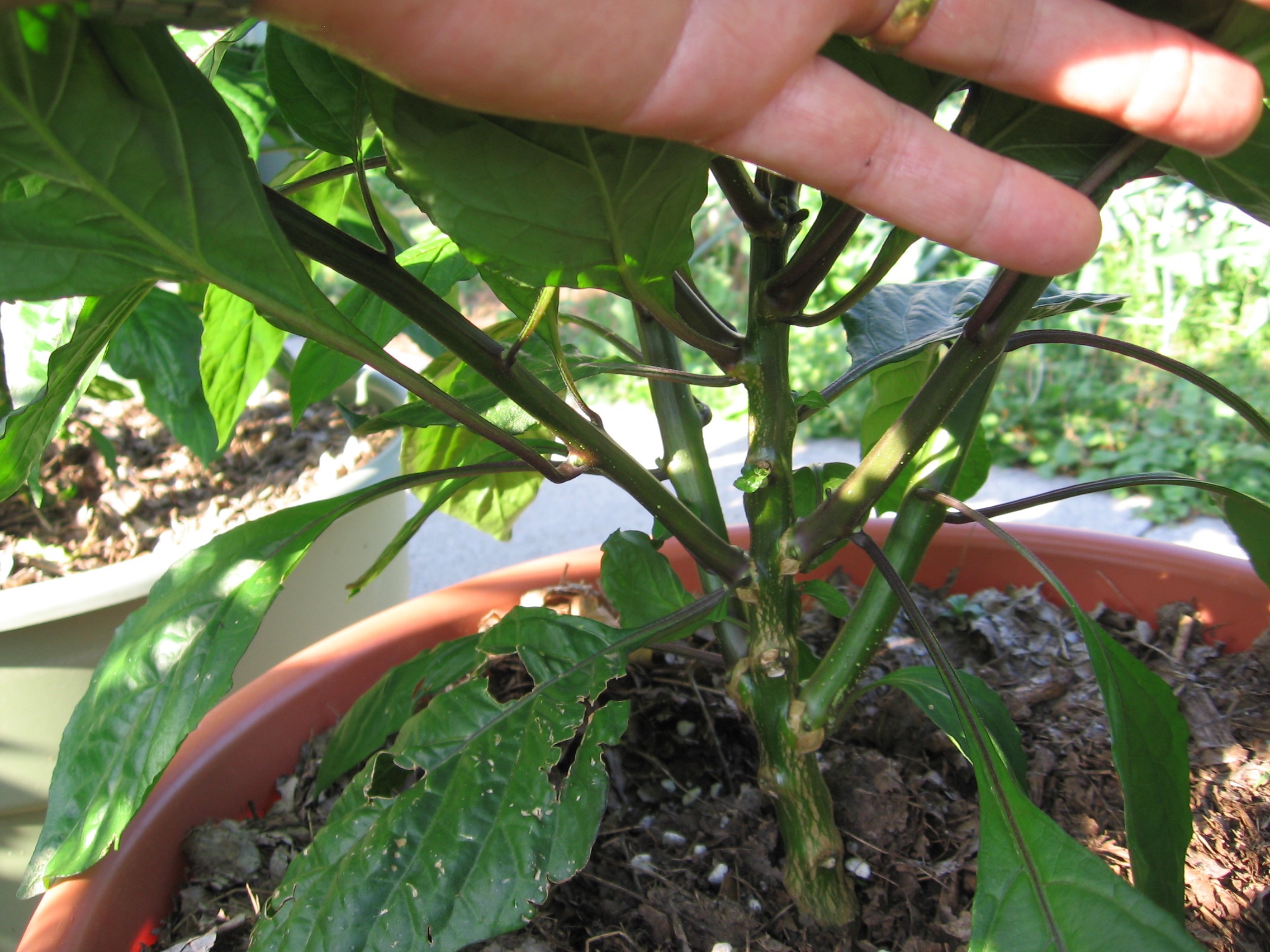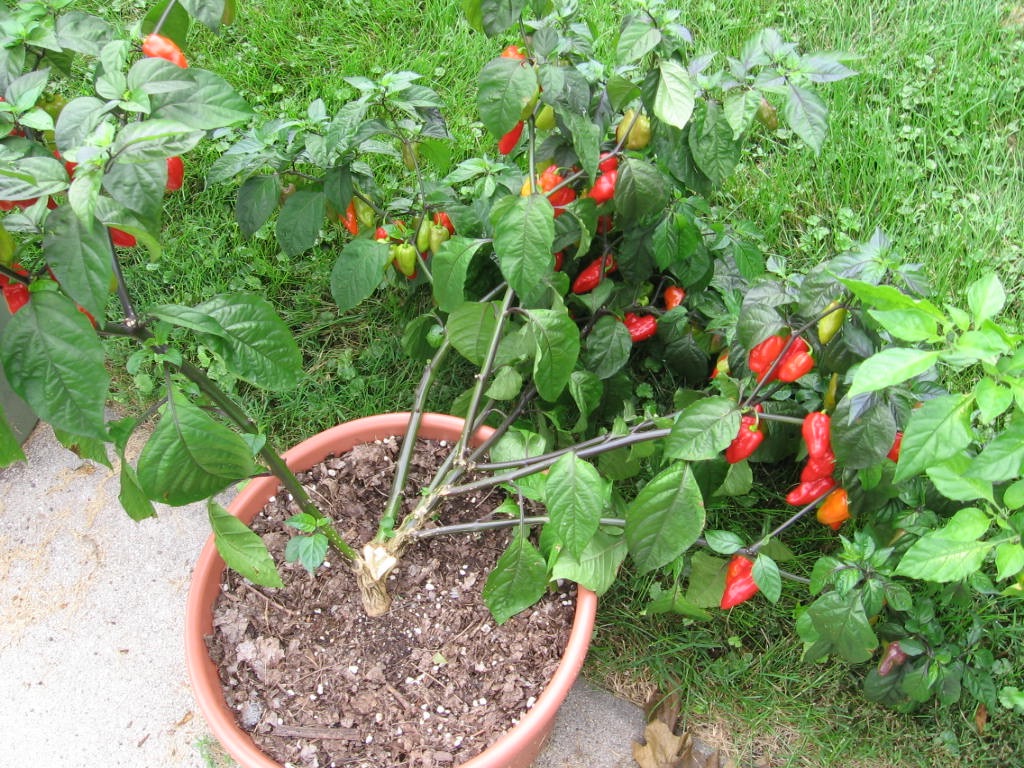No problem. Glad you got something out of it!
Topping your plants may have played a part in the structural problem you saw. When you top a plant with so few nodes, you're making the plant put all of its energy into just a few shoots that are very close to eachother and to the ground. It pretty much dooms (unless steps are taken to improve the situation) all future growth on those branches to be crowded and poorly attached.
When you leave a plant un-topped, you have many more nodes to pick from when selecting future scaffold branches. Say a plant has 15 nodes below the "Y". If you remove the lowest 1/3 of them (to reduce rain splash and improve air flow), you still have ten more to choose from. Of those, I would still remove about half - to further improve air flow through the middle of the plant and allow more sunlight in. And, as you saw in your plant, proper spacing gives branches room to grow on the stem without interfering with eachother and causing structural defects.
Here's a link to my usual approach to pepper plant pruning. I never top them.
http://thehotpepper.com/topic/58972-who-tops-their-peppers/?p=1269436
For your setup, I would start with that ^ and kind of play future pruning by ear. The amount/quality of light is going to be a key point in any indoor grow. Your plants are always going to be fighting eachother and themselves for solar power. I have the same problem when trying to fit lots of plants into a raised bed. There are always turf wars between plants and the tall, fast-growing plants would always win if I didn't intervene. Try to keep them out of eathothers' space as best you can. And try to keep up on pruning so you're only taking a little off at a time. The goal is to train your plants to grow in the space and conditions available to them - not to just occasionally remove big pieces once they are already out of control. Training a plant to put energy where you want it is better than removing branches once that energy is already invested.










